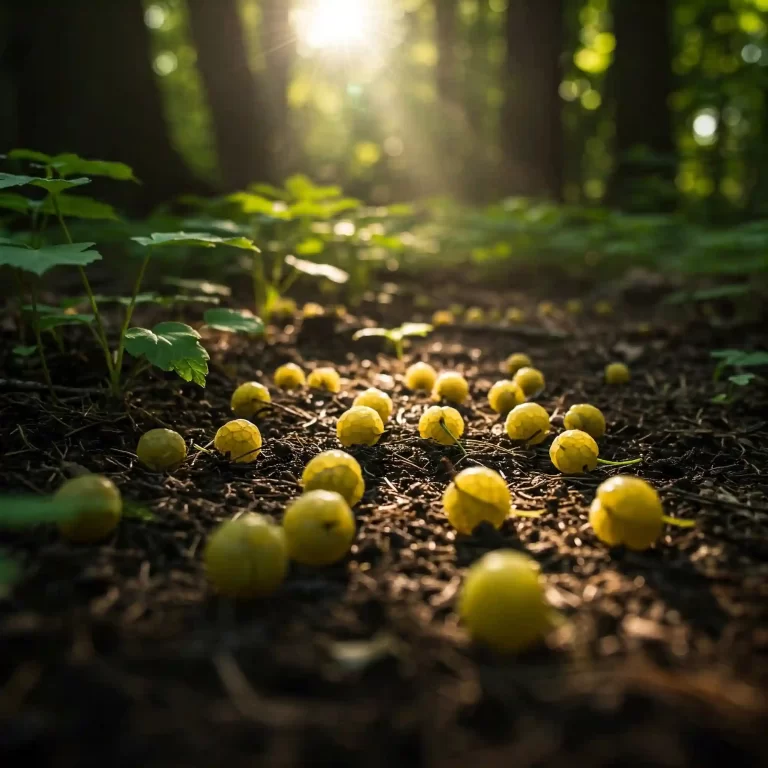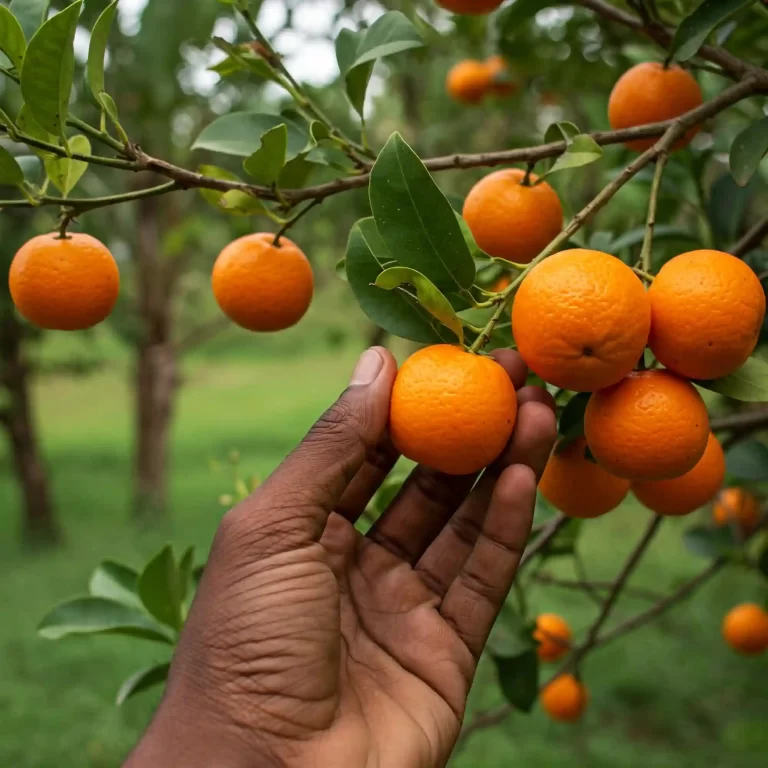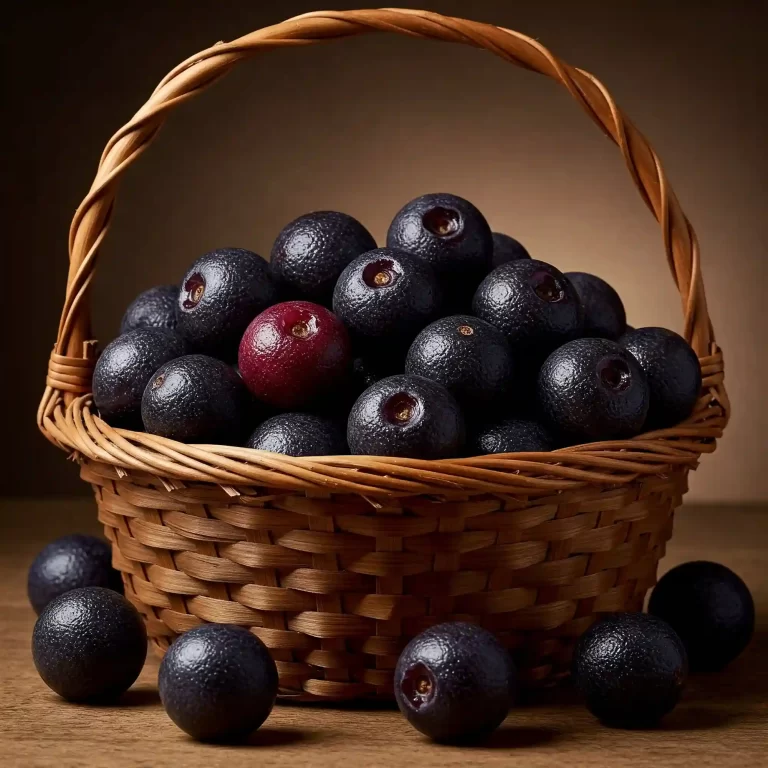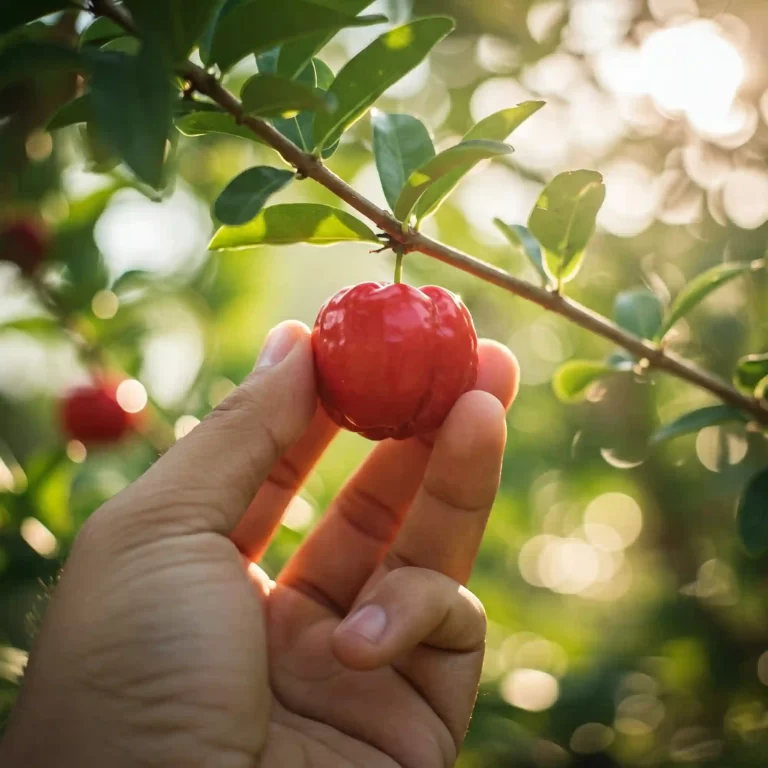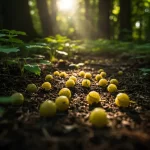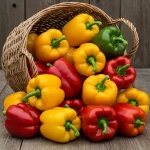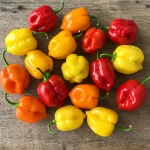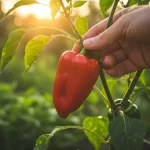Are you tired of your plants looking sickly and unhealthy? Perhaps it’s time to take a closer look at the pots they’re living in. The right pot can make a world of difference in the health and vitality of your plants. In this comprehensive guide, we’ll explore everything you need to know about buying the perfect pots for your green companions.
From understanding your plant’s needs to choosing the right material and size, we’ll cover all the essential factors to consider. We’ll also provide practical tips for caring for your pots and ensuring your plants thrive. So, let’s dive in and discover how to create a thriving garden with the perfect pots!
Identifying Your Plant Type
The first step in choosing the right pot is to understand the specific needs of your plants. Different plant types have varying requirements for pot size, material, and drainage. For example, succulents and cacti thrive in small, well-draining pots, while larger plants like palms require larger containers with adequate drainage.
Consider Your Growing Environment
Your plant’s growing environment also plays a crucial role in pot selection. Indoor plants have different needs than outdoor plants. Indoor plants may require pots that are more resistant to temperature fluctuations and humidity. Outdoor plants may need pots that can withstand harsh weather conditions.
Determining Your Budget
Setting a realistic budget is essential when buying pots. Prices can vary significantly depending on the material, size, and style. It’s important to balance your budget with the needs of your plants. Consider the long-term benefits of investing in high-quality pots, which can last for years.
Common Pot Materials and Their Suitability
| Material | Pros | Cons |
| Ceramic | Durable, stylish, and available in various colors and styles | Can be heavy and breakable |
| Terracotta | Porous, allowing for better air circulation and drainage | Can be fragile and may require sealing |
| Plastic | Lightweight, affordable, and available in a wide range of sizes and colors | May not be as durable as other materials |
| Wood | Adds a natural touch to your garden | Can be susceptible to rot and pests |
Choosing the Right Pot Material
Ceramic Pots: A Classic Choice
Ceramic pots are a timeless and popular choice for many gardeners. They offer a variety of benefits, including durability, style, and versatility. Ceramic pots come in a wide range of colors, sizes, and styles, making it easy to find the perfect match for your plants and home decor.
One of the major advantages of ceramic pots is their durability. They are generally resistant to cracking and breaking, making them a long-lasting investment. Additionally, ceramic pots can be glazed or unglazed. Glazed pots are often more colorful and shiny, while unglazed pots have a more natural, rustic appearance.
Terracotta Pots: A Natural Option
Terracotta pots are another popular choice for gardeners. They are made from a natural clay material that is porous, allowing for better air circulation and drainage. This can help to prevent root rot and promote healthy plant growth. Terracotta pots are also known for their rustic appearance, which can add a touch of natural beauty to your garden or home.
However, it’s important to note that terracotta pots can be fragile and may require sealing to prevent water loss. Additionally, they may become stained or discolored over time.
Plastic Pots: Lightweight and Affordable
Plastic pots are a practical and affordable option for many gardeners. They are lightweight and easy to move around, making them ideal for indoor plants or for gardeners who frequently repot their plants. Plastic pots are also available in a wide range of sizes and colors, making it easy to find the perfect pot for your needs.
However, plastic pots may not be as durable as ceramic or terracotta pots, and they may not be as aesthetically pleasing. Additionally, some plastic pots may contain harmful chemicals, so it’s important to choose high-quality, BPA-free options.
Other Materials: Wood, Metal, and More
While ceramic, terracotta, and plastic are the most common pot materials, there are other options available. Wooden pots can add a natural touch to your garden, but they may require special care to prevent rot and pests. Metal pots can be stylish and durable, but they can also be heavy and may conduct heat or cold.
When choosing a pot material, consider your plant’s needs, your personal preferences, and your budget. Each material has its own advantages and disadvantages, so it’s important to weigh the options carefully.
Selecting the Right Pot Size
Measuring Your Plants
The size of the pot is crucial for the health and growth of your plants. A pot that is too small can restrict root growth and lead to nutrient deficiencies. A pot that is too large can retain excess moisture and promote root rot.
To determine the appropriate pot size, measure the root ball of your plant. Gently remove the plant from its current pot and measure the diameter of the root ball. The new pot should be slightly larger than the root ball, allowing for future growth.
Considering Future Growth
When choosing a pot size, it’s important to consider your plant’s future growth. If your plant is a fast grower, you may need to choose a larger pot to accommodate its growth. However, if your plant is a slow grower, a smaller pot may be sufficient.
It’s also important to consider the type of plant you’re growing. Some plants, such as succulents and cacti, prefer smaller pots, while others, such as large houseplants, require larger containers.
Recommended Pot Sizes for Common Plant Types
| Plant Type | Recommended Pot Size |
| Succulents and cacti | Small to medium |
| Herbs | Small to medium |
| Flowering plants | Medium to large |
| Houseplants | Varies depending on the plant size |
| Trees and shrubs | Large |
Drainage and Ventilation
The Importance of Drainage Holes
Adequate drainage is essential for the health of your plants. Excess moisture can lead to root rot and other fungal diseases. Most pots have drainage holes at the bottom to allow excess water to drain away.
When choosing a pot, make sure to check for drainage holes. If the pot doesn’t have drainage holes, you can drill your own. However, it’s important to avoid drilling too close to the rim of the pot, as this can weaken the structure.
Improving Ventilation
Good ventilation is also important for the health of your plants. Proper ventilation helps to prevent mold and mildew growth, and it can also help to regulate temperature and humidity.
There are several ways to improve ventilation in potted plants. One option is to use a pot saucer with drainage holes. This will allow excess water to drain away while also providing a platform for the pot. Another option is to place the pot on a raised surface, such as a plant stand, to allow for better air circulation.
Aesthetic Considerations
Matching Your Pots to Your Decor
In addition to being functional, pots can also be a stylish addition to your home or garden. When choosing pots, consider your overall decor style. For example, if you have a modern home, you may want to choose sleek, minimalist pots. If you have a rustic garden, you may prefer terracotta or wooden pots.
Adding Personal Touches
You can also personalize your pots to add a unique touch. There are many ways to decorate pots, including:
- Painting: Paint your pots with your favorite colors or designs.
- Decals: Apply decals or stickers to add a fun and playful touch.
- Stencils: Use stencils to create intricate designs on your pots.
- Succulents and Cacti: Plant succulents or cacti in your pots for a natural and low-maintenance look.
- Hanging Plants: Hang your pots from the ceiling or walls for a unique and space-saving display.
Where to Buy Pots
Local Garden Centers and Nurseries
One of the best places to buy pots is at your local garden center or nursery. These businesses often have a wide selection of pots in various sizes, materials, and styles. Shopping at a local garden center also supports your community and allows you to get expert advice from knowledgeable staff.
When choosing a garden center, look for one that has a good reputation and offers a variety of plants and gardening supplies. You can also check online reviews to see what other customers have to say about the store.
Online Retailers
If you can’t find the perfect pots at a local garden center, you can also shop online. Many online retailers offer a wide selection of pots at competitive prices. Some popular online retailers for pots include:
- Amazon: Offers a vast selection of pots from various brands and sellers.
- Etsy: Features unique and handmade pots from independent artisans.
- Wayfair: Offers a wide range of home decor items, including pots.
- Walmart: Offers affordable pots and gardening supplies.
When shopping online, be sure to read product descriptions carefully and check customer reviews to ensure you’re getting a quality product.
Caring for Your Pots
Cleaning and Maintenance
To keep your pots looking their best, it’s important to clean and maintain them regularly. Here are some tips for caring for your pots:
- Remove dirt and debris: Wipe down your pots with a damp cloth to remove dirt and debris.
- Clean drainage holes: Use a small brush or pipe cleaner to clean out any debris from the drainage holes.
- Check for cracks or chips: Inspect your pots for any signs of damage. If you notice any cracks or chips, it’s important to repair them or replace the pot.
- Prevent mold and mildew: To prevent mold and mildew growth, avoid overwatering your plants and ensure that your pots have adequate drainage. You can also use a fungicide to treat mold and mildew.
Repotting Your Plants
As your plants grow, they may outgrow their current pots. Repotting is the process of transferring a plant to a larger pot. Here are some tips for repotting your plants:
- Choose the right size pot: Select a pot that is slightly larger than the root ball of your plant.
- Prepare the new pot: Fill the new pot with fresh potting mix.
- Gently remove the plant: Carefully remove the plant from its old pot.
- Inspect the roots: Check the roots for signs of disease or pests.
- Place the plant in the new pot: Center the plant in the new pot and fill in the gaps with potting mix.
- Water the plant: Thoroughly water the plant after repotting.
By following these tips, you can keep your pots looking beautiful and your plants healthy.
Conclusion
Choosing the right pots for your plants is essential for their health and growth. By understanding your plant’s needs, selecting the appropriate pot material and size, and providing proper care, you can create a thriving garden.
Remember to consider your plant’s specific needs, your growing environment, and your budget when selecting pots. Don’t be afraid to experiment with different pot types and styles to find what works best for you and your plants.
With a little time and effort, you can create a beautiful and healthy garden filled with flourishing plants.

